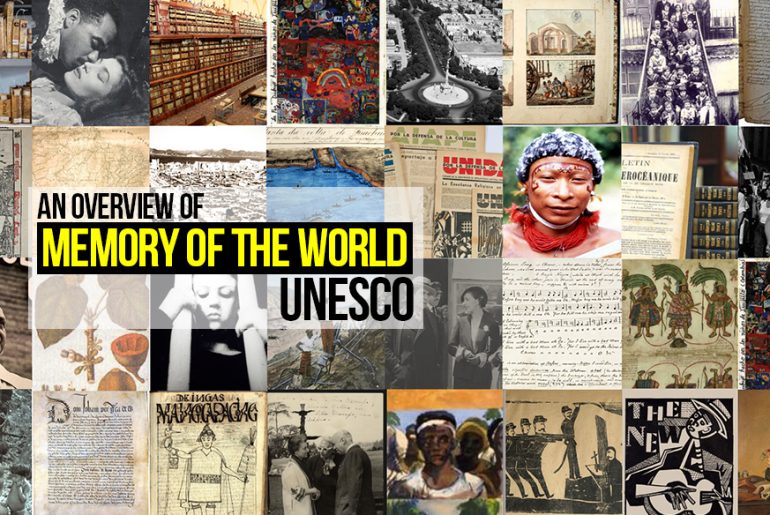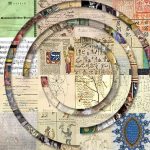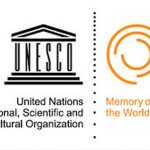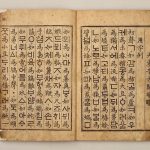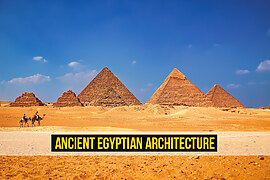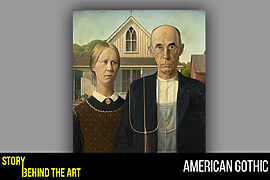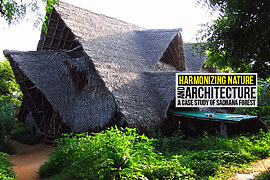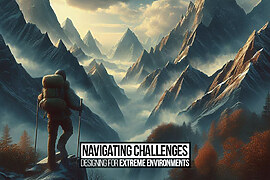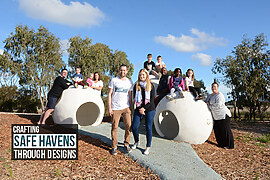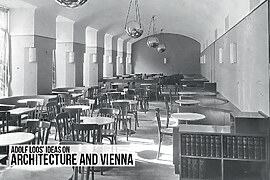A LOOK AT PAST
The world is changing at a rate one wouldn’t have thought of a few years ago. The countries’ technological advancements, educational progress, and practical work methodologies have made the human race grow from minimal state ages to the epitome of the human race on which it stands today. Society is in flux, with rivers of new information greeting us daily through one means or the other, thus enriching our lives.
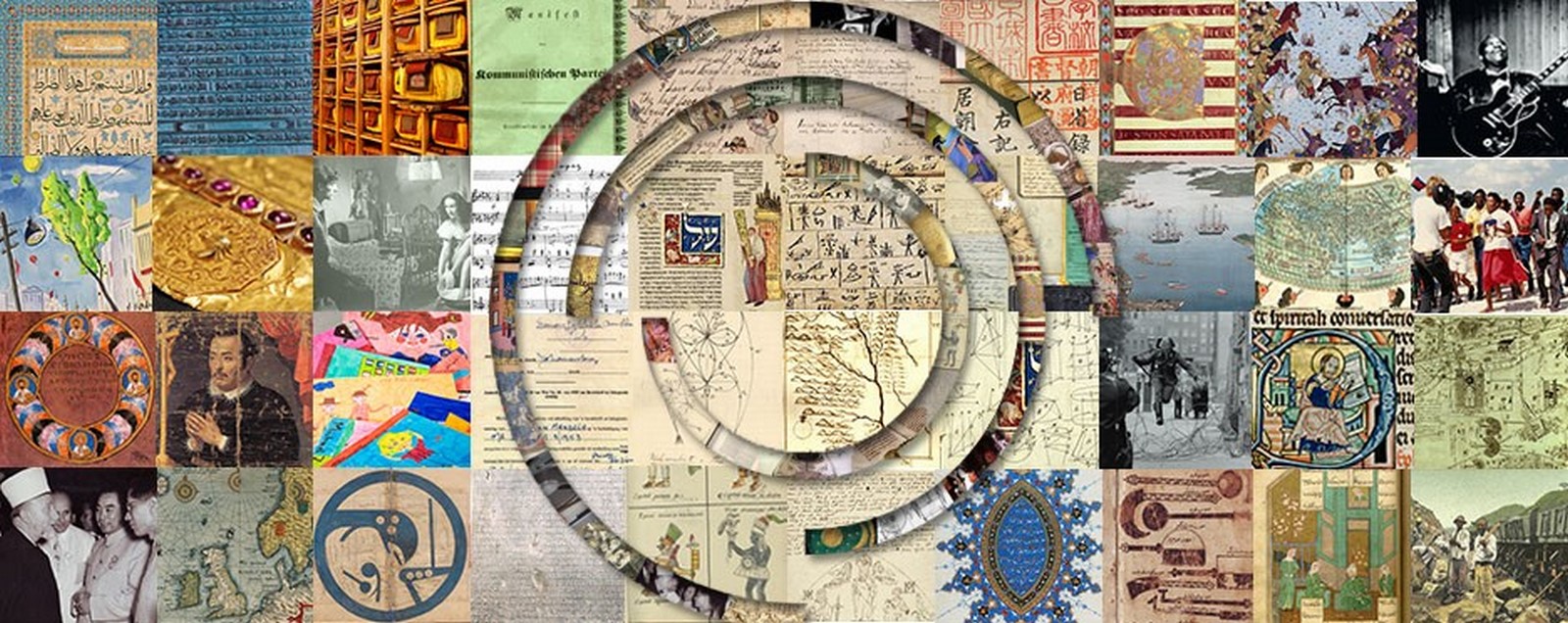
But can everything state above only be given credit for what we are today?
Absolutely no. Human is crafted such that by birth, it carries a sense of consciousness and takes the senses from memory. These memories, as enhanced by time and age, shape our identity, enabling us to sense the daily stream of incoming information and helping us to navigate the world we live in. Our collective memory reflects who we are together and can help us understand and navigate the present. For example, environmentalists and scientists can use the climatic data available from 17th-century journals to determine past global temperatures to predict future trends to understand the global warming status in the current times. To ensure a continued better tomorrow for humankind, we have to look back at human history and use the insights we gain from it as we build our future.
Historical records are invaluable in this process as they contain knowledge and wisdom accumulated over time and vital information about our past. But over the centuries, these records have got damaged in some way or another by natural causes, lack of proper care and documentation, or even intentional damages. Thus, it became vital to have an organization or a program that would look into the perseverance of the pieces of evidence from the past.
THE SAVIOR ACT
For the world at par, the idea of having such a program originally came from the growing awareness of the parlous state of preservation, access, and documenting the assets having heritage from various periods and varying locations across the world. Thus, this savior program was introduced by UNESCO called the Memory of the World. Starting in 1992, it aimed to safeguard the world’s invaluable heritage in the form of documents manuscripts, oral traditions, audio-visual material, library, and archival holdings of the universal and make the crucial information and memories it contains available to all humankind. This then, a wide variety of documentary heritage, in all forms and styles on a huge range of topics has been inscribed on the International Register of the Memory of the World.
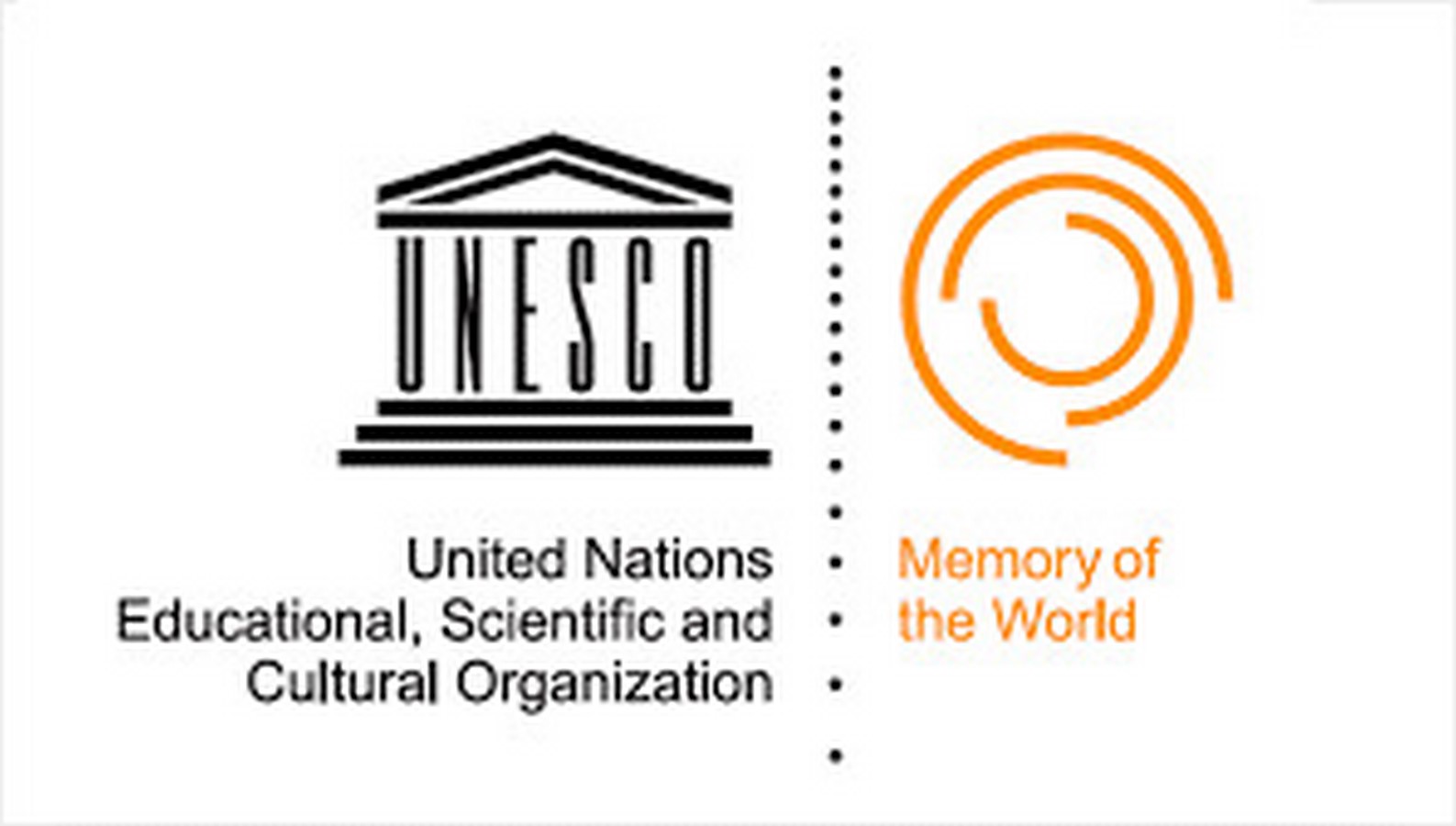
PROGRAMME OBJECTIVE
The vision that to make the world’s documentary heritage available to all which is also taken care of in terms of preservation, protection, and with due recognition of cultural values they hold, historic importance they carry, and the value which people have for them.
The mission of the Memory of the World Programme i:
- To facilitate the preservation and protection of all the world’s documentaries heritage by using the most appropriate techniques. This is to be done by using direct assistance, and by training people on how the preservation is to be done.
- To assist universal access to documentary heritage by making digitized copies, and catalogs available on Internet, CDs, and DVDs as widely as possible.
- To increase the awareness of this program worldwide and make the significance felt all over.
THE REGISTER
The Register of the Memory of the World maintains the record which includes a wide variety of documentaries for example the 15th-century document called the Hunminjeongeum Manuscript which originally introduced the Korean alphabet to the Korean population and became part of the Register in 1997
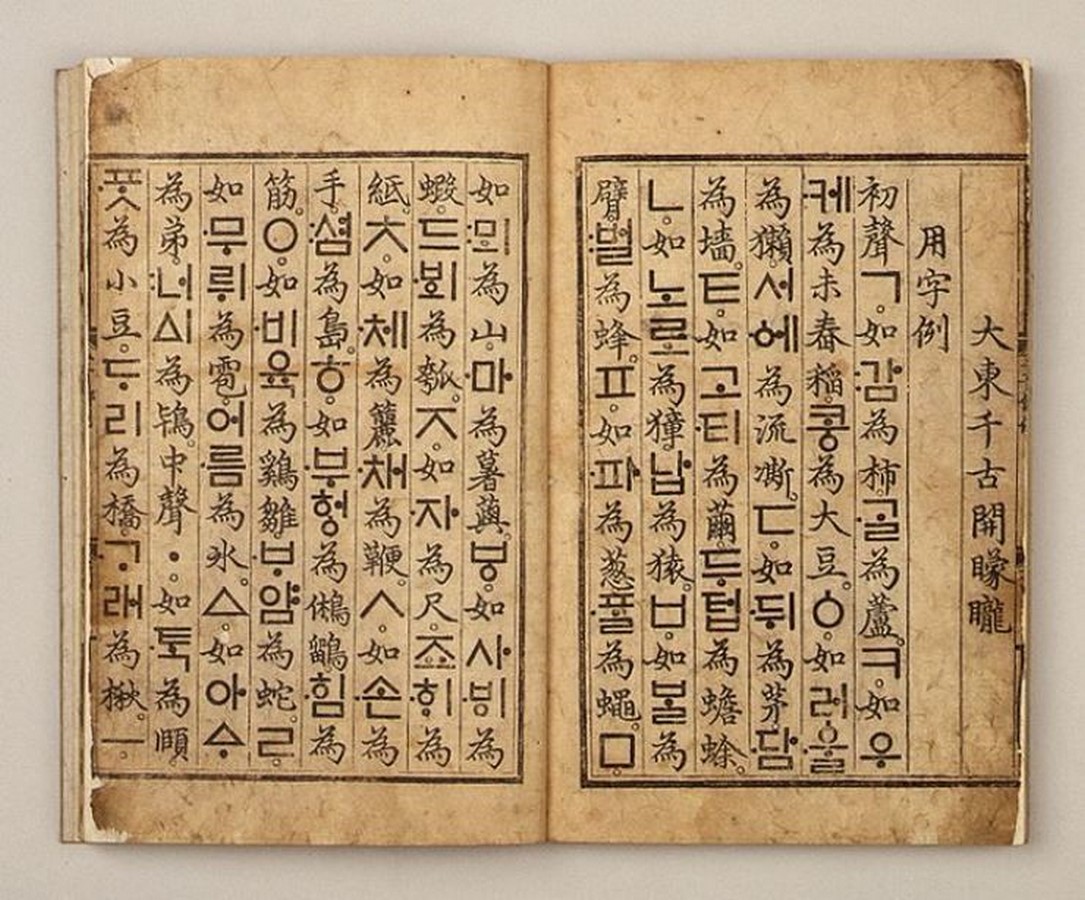
Germany’s Gutenberg Bible, printed on vellum added in 2001, The Shakespeare Documents- a documentary trial of the life of William Shakespeare in 2017, records related to the nuclear accident at Chornobyl in Ukraine, and the Diary of Anne Frank in the Netherlands are some of the other documents available.

Not only this, the Register even consists of audio collections such as the music of celebrated composer Johannes Brahms. Archives related to the life of Ruth Nita Vero, a distinguished nurse and humanitarian activist from Barbados. Amongst the various chilling articles in the Register includes the archives from the Rivonia trial that led to Nelson Mandela’s imprisonment
Modern documents include the memory of the Suez Canal, connecting East to West, video documentary of 18TH May 1980 Democratic Uprising in South Korea.
All these examples show the need for the preservation of valuable documents because they are needed to prevent the collective amnesia of our human experience. To date, a total of 432 items of documentary heritage have been nominated by 124 countries and 8 organizations are inscribed in the International Register of the memory of the World. Currently, the countries with the greatest number of inscriptions are Germany. The United Kingdom, Poland, the Republic of Korea, The Netherlands, Austria, Russia, China, France, and Mexico.
But there are still hundreds and thousands of items that have not yet been inscribed for lack of knowledge, experience, and resources. Efforts are being made the leaders by bringing more awareness
Bibliography
Han-sol, P. (2021, 07 23). TheKoreaTimes. Retrieved from Lifestyle: https://www.koreatimes.co.kr/www/culture/2022/07/199_312634.html
unknown. (2022, 10 04). The Joy of Museums virtual tours. Retrieved from Gutenberg Bible- first published Bible: https://joyofmuseums.com/ancient-manuscripts-and-historically-influential-books/gutenberg-bible/
unknown. (2022, 10 04). UNESCO Memory of the World Prize. Retrieved from iiconservation.org: https://www.iiconservation.org/content/unesco-memory-world-prize
unkown. (2022, 10 4). Memory of the World. Retrieved from www.unesco.org: https://en.unesco.org/programme/mow


